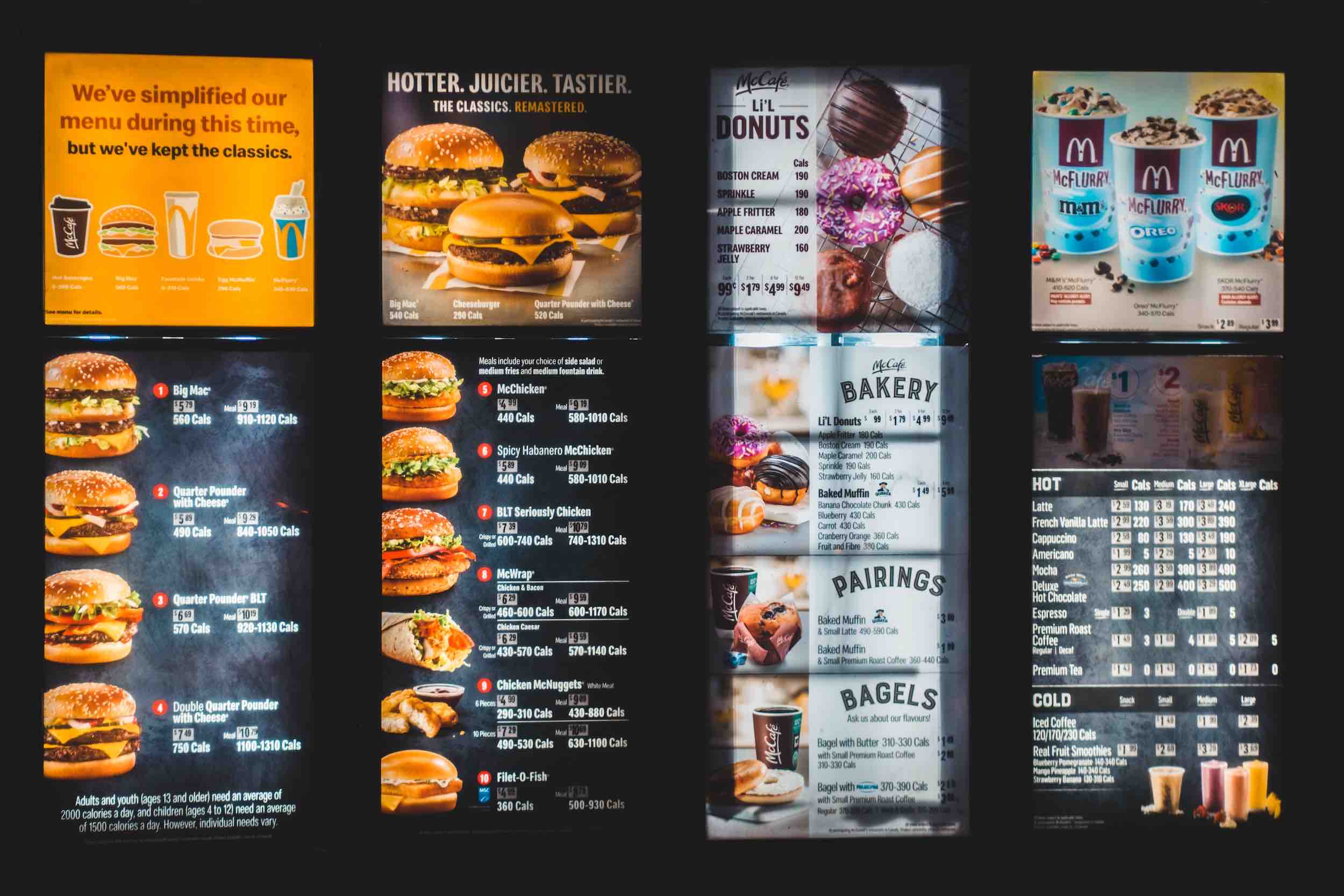Food prices continue to rise significantly, but the rate of increase seems to be peaking. There continues, however, to be a disconnect between the rate of inflation between grocery and menu prices.
In January, at-home food prices rose at an 11.3% annual rate. This is a half percent slower than the month before and the lowest rate of increase since last April. Menu prices were up 8.2% for January, continuing a trend that has persisted all year. Menu prices peaked last October at 8.6%, according to the National Restaurant Association.
Overall inflation edged down in January to a yearly pace of 6.4%, building a string of declines that started after the metric hit a high of 9.1% last June.*
Full-service menu prices were up 8.1%, and limited-service up 6.7% in January. Restaurants have responded with some major chains like McDonald’s & Chipotle increasing prices by 10% last year. Companies like Starbucks expect inflation to soften and menu pricing to stabilize.
In January 2022, food-at-home prices recorded an annual increase of 7.4% during a month that saw overall inflation reach 7.5%, which was at the time the fastest pace in 40 years. But those figures seem tame when compared with the corresponding figures for last August, when food-at-home inflation peaked at 13.5% and the across-the-board Consumer Price Index came in at 8.3%.*
Although January’s overall inflation rate was higher than expected, it continues a downward trend that started at the end of last year. One complication was that gas prices increased, which tends to ripple through most segments of the economy and directly contributed to price increases connected to food of all kinds.
The Fed continues to do a balancing act to keep inflation under control without crushing the economy. Multiple large (.75%) rate increases have given way to the most recent quarter-point increase on Feb 15th. It’s the eighth straight increase since last March but the smallest increase yet.
Many market watchers have been encouraging the Fed to pull back a bit to see what the previous rate increases will do since they tend to take many months to impact the economy.
One of the areas of the Fed’s concern has been the strength of labor. While headlines about tech company layoffs have dominated the news, many other businesses have been reluctant to let go of workers given recent shortages. It appears though, that hiring is starting to soften for other types of business, so hopefully, the Fed has done most of the work it needs to do.


Recent Comments